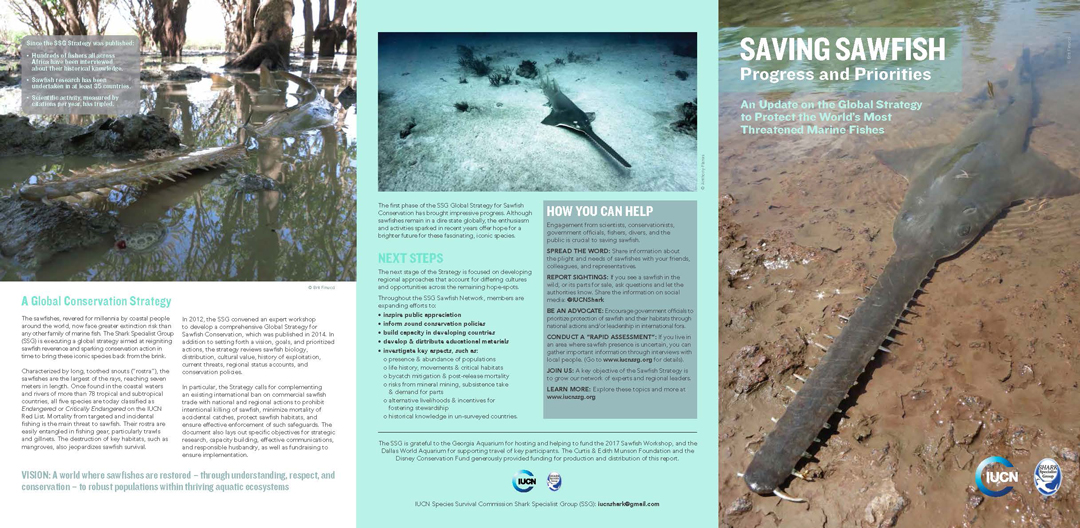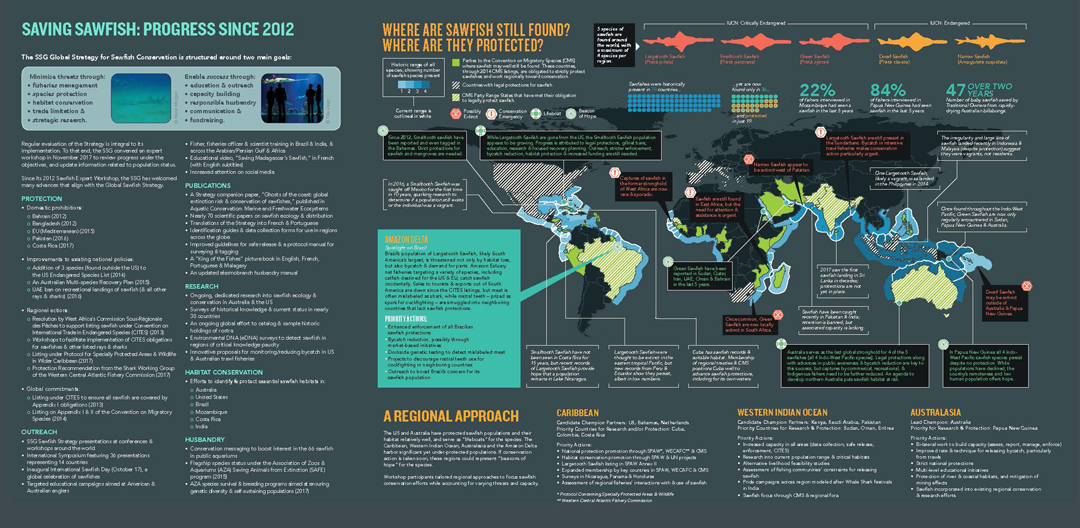Partnerships are a key to success in Global Sawfish Search
When you are searching for the last remaining sawfish on earth, you need a lot of help. Once known from at least 90 countries it is not a job for a small team.

Mahatub Khan Badhon (foreground) sampling water for eDNA in Bangladesh. Photo © Mahatub Khan Badhon
These animals, five species in all, have been disappearing from our oceans, estuaries and rivers for more than a century, mostly due to capture in coastal fisheries and loss of important coastal habitats. As a result, sawfish are now considered one of the most threatened groups of sharks and rays globally. So to assist us in finding where the last sawfish occur, the Global Sawfish Search team has developed environmental DNA (eDNA for short) techniques to detect sawfish from water samples collected in places they potentially occur. You can read about these techniques in another of our blogs.
The task we need help with is collecting the water samples from places where they could possibly still occur. To do this we have done a couple of things. Firstly, we have worked with the IUCN Shark Specialist Group to identify countries where there is uncertainty about whether sawfish still occur in a particular country. The Shark Specialist Group has developed a large network of researchers, conservation practitioners, aquarists and other interested people around the world to help implement their Global Sawfish Conservation Strategy. With the help of this network last year they produced an updated list of where sawfish are still found, where they are known to have disappeared, and where their presence is uncertain. Armed with this list the Global Sawfish Search team developed a list of 16 priority countries that we wanted to target our sampling in. The list of countries includes Bangladesh, Brasil, Cambodia, Columbia, Costa Rica, India, Kenya, Madagascar, Myanmar, Pakistan, Panama, Singapore, Sri Lanka, Tanzania, Thailand and Vietnam.

Image © IUCN Shark Specialist Group

Saving Sawfish - Progress and Priorities' - a brochure issued by IUCN Shark Specialist Group in June 2018, summarises the progress made so far for sawfishes, and the research and conservation priorities for the future. Image © IUCN Shark Specialist Group
This list of countries is a big task to sample, so this is where we have been working with partners. We are supplying research partners in some of these countries with sampling kits so that they can collect samples for the project. You can read about what field sampling for eDNA is like in another of our blogs.
Some of these partners include researchers such as Dr Mario Espinoza and student Jorge Valerio in Costa Rica. Mario works at the University of Costa Rica and leads the En Busca del Pez Sierra Costa Rica project in that country. Working to find the last remaining sawfish in Costa Rica makes them an ideal partner. We provide sampling equipment and laboratory analysis to assist their efforts, and in turn, their efforts help Global Sawfish Search.

Mario Espinoza from University of Costa Rica setting up for eDNA sampling in the mangrove lined estuaries of Costa Rica. Photo © Mario Espinoza
Another of our partners is Umair Shahid who works of WWF in Pakistan. Pakistan is a country with a long history of sawfish being captured in fisheries, but in recent years, reports of their occurrence have dried up. Umair and the team in Pakistan identified areas where sawfish were historically captured and have targeted sampling in those locations. When the samples are analysed in the near future we will know if sawfish still occur in Pakistan.

The eDNA team from WWF Pakistan sampling water for eDNA analysis. In the photo are Areeba Moiz, Jawad Umer Khan and Syed Meesum Reza Kazmi, all from WWF Pakistan. Photo © Amir | WWF Pakistan
One of the great things that partners bring to Global Sawfish Search is local knowledge. Knowing where and when to sample is important for eDNA research, and partners have much of this knowledge thanks to their local experience. Another of our partners, Badhon Mahatub Khan in Bangladesh demonstrated this by targeting his sampling in the period between monsoon seasons when sampling in the Sundarban – Bangladesh’s giant mangrove habitat where there have been recent reports of some sawfish species – avoids periods of bad weather when conditions are poor for sampling.
With the help of these partners, and many more around the world Global Sawfish Search will help provide the answer to where in the world sawfish are still swimming.
